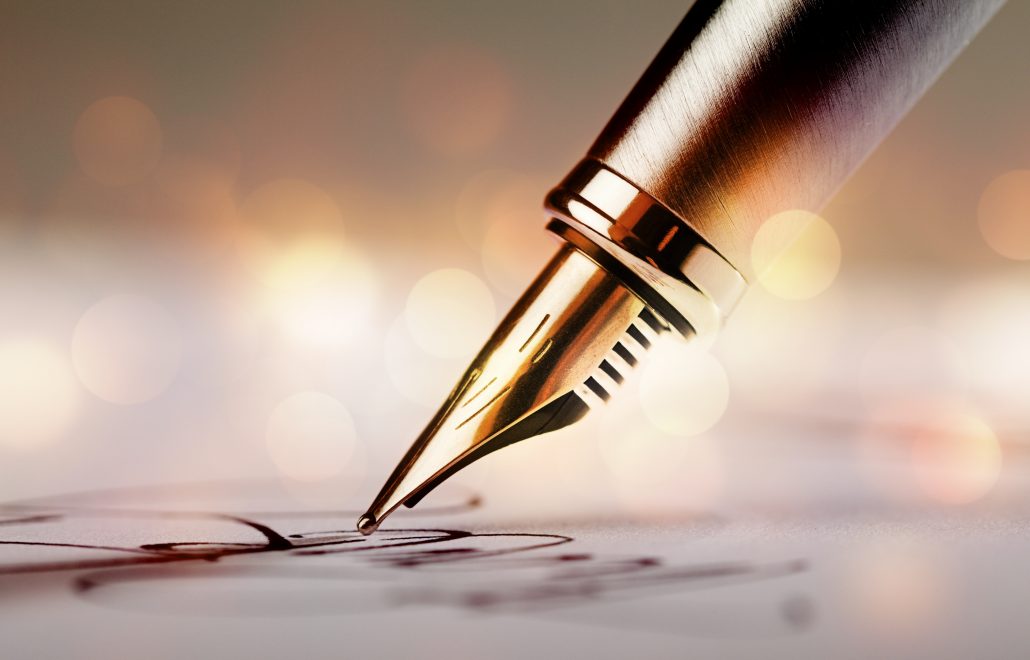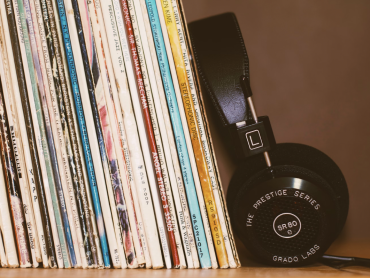Collecting autographs is a favorite pastime of many children and adults. In some cases, the idea of getting the written initials of your favorite band member seems to surpass the rush of watching their live shows and concerts. Whether you’re a fan of vintage music or keep up with current trends, there’s no reason to pass up the opportunity to own genuine autographs.
Band and musician autographs can bring the successful careers of legendary musicians straight into your home or collection room, and it’ll do so elegantly and authentically.
However, if you want to acquire music and band autographs, you never know who signed the item. That’s when helpful hints for deciphering a difficult-to-read autograph come into play:
1. Take A Look At Some Of Their Actual Signatures
First and foremost, be better acquainted with your favorite band or musician and their actual signature. The most effective method is to examine numerous authentic examples of their autographs in person. It allows you to recognize the size and style of their typically produced signatures.
If you don’t have authentic examples of their signature on hand, you can search online for genuine examples. For instance, analyze their autographs sold at auctioneers or by memorabilia dealers.
2. Look For Contextual Hints In The Signed Item
Look for contextual information on the signed item. Presumably, if you’re holding a concert ticket, there’s a good likelihood the person who signed it did as well. Similarly, an autographed program from a concert indicates who signed it was most likely a part of the show’s production team. These hints might assist you in determining when or where the autograph was obtained. It should help you in narrowing down the list of individuals whose signatures you’re looking for.
3. Find Out How, When, And Why An Item Was Signed
If you know how, when, and why the autograph was created, you’ll be able to tell if it’s genuine. For example, if the signature was signed before the 1960s using a felt tip pen, most likely it’s a forgery. They might be signed using ink because felt pens didn’t exist before the said year.
In addition, ask yourself, ‘Would my favorite band or musician have signed this?’ If you were a well-known musician, why would you sign an index card? Considering such questions are vital because, in the past, it’s believed that some famous people only relied on their secretaries to sign documents and autographs. Also, possible that they didn’t have the chance to sign anything at all. So, it’s best to investigate how, why, and when an autograph would be produced.
4. Consider The Number Of Autographs Produced At The Same Time
In a matter of hours, a forger can create 40 or 60 fake musician autographs. However, busy musicians and bands may never sign that many. They’ll almost certainly sign no more than one at a time out of fear of being sold.
On the other hand, legitimate dealers are unlikely to have more than one autographs in their inventory at any given time. Thus, if many autographs are released concurrently, it may be prudent to be suspicious.
5. Keep An Eye Out For Robotic Tell-Tale Signs
When you sign your name, you do so in one continuous motion. As you move your pen towards a paper, it gets to move before you start writing.
Unlike an ordinary pen, an auto-pen starts with a single dot and ends abruptly with another one. It is observable with a magnifying lens. Additionally, if the autograph appears unnaturally ‘shaky,’ this may be due to the vibrations produced by an autopen machine. Inconsistencies in print are another indicator of automation. Is there any hesitancy in the lines? Does it appear as though the pen was removed from the paper? While some people do this, but it’s usually where the line is broken that shows a forgery has taken place.
6. Consult A Handwriting Expert To See If They Can Decipher A Hard-To-Read Signature
Talk to someone who knows a lot about handwriting and signatures to help you recognize an obscure autograph. You may also seek advice from industry experts, such as trustworthy dealers or autograph collectors. Furthermore, you might as well come across anything that’ll help you figure out where the signature came from. To do this, try to crowdsource the search by uploading a picture of the autograph on an autograph-hunting discussion board and seeing if anybody can identify it.
Final Thoughts





